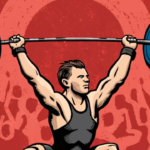America’s Love for Big Cars: A Deadly Romance on the Roads
In the sprawling landscape of American culture, one symbol stands taller and larger than most: the big car. From the massive SUVs that dominate suburban driveways to the roaring trucks that rumble through city streets, America’s love affair with oversized vehicles is unmistakable. However, this love is not without its consequences. In 2024, the romance between Americans and their big cars is proving to be a dangerous liaison, with deadly outcomes on the rise.
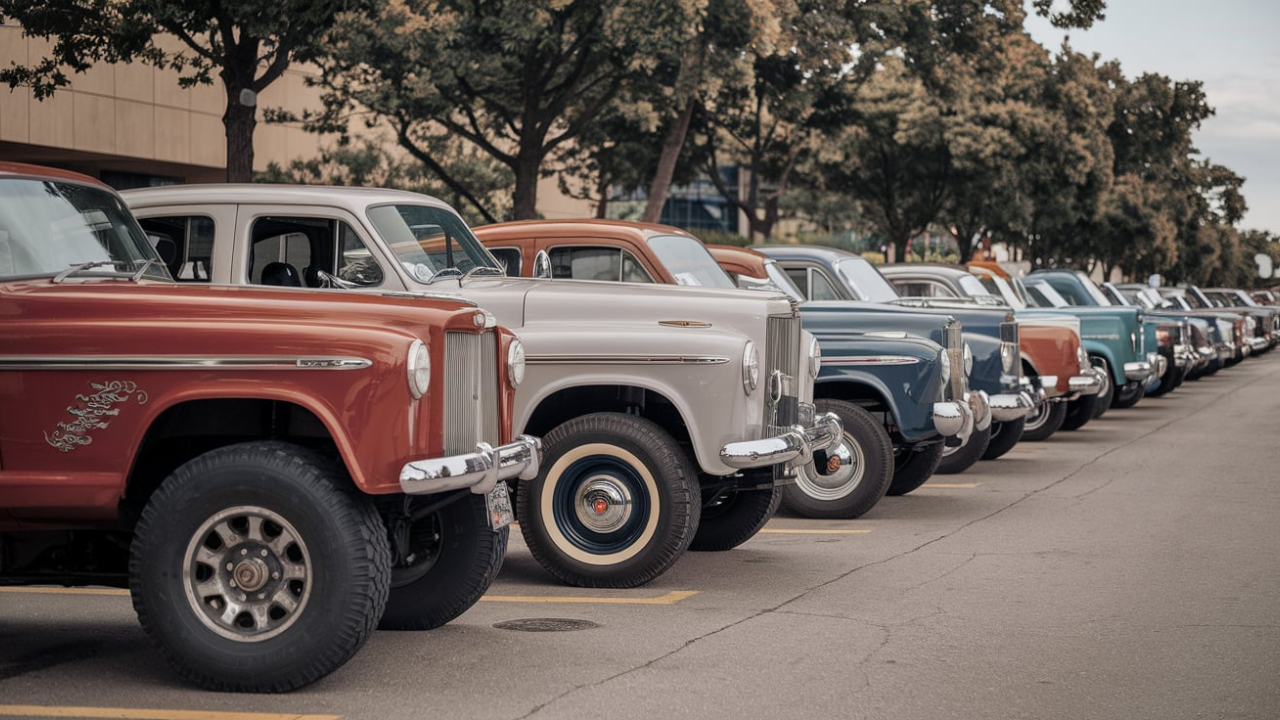
The Allure of Size
For decades, the American car market has been defined by a “bigger is better” mentality. Large vehicles like SUVs, pickup trucks, and even minivans have become synonymous with success, security, and freedom. These vehicles are often marketed as the ultimate family transporters, promising safety with their bulk and height, and selling an image of rugged individualism. To many, driving a big car is more than just a mode of transportation—it’s a statement of identity.
But as the streets fill with these giants, the roads have become increasingly perilous, not just for drivers but for everyone who shares the road with them.
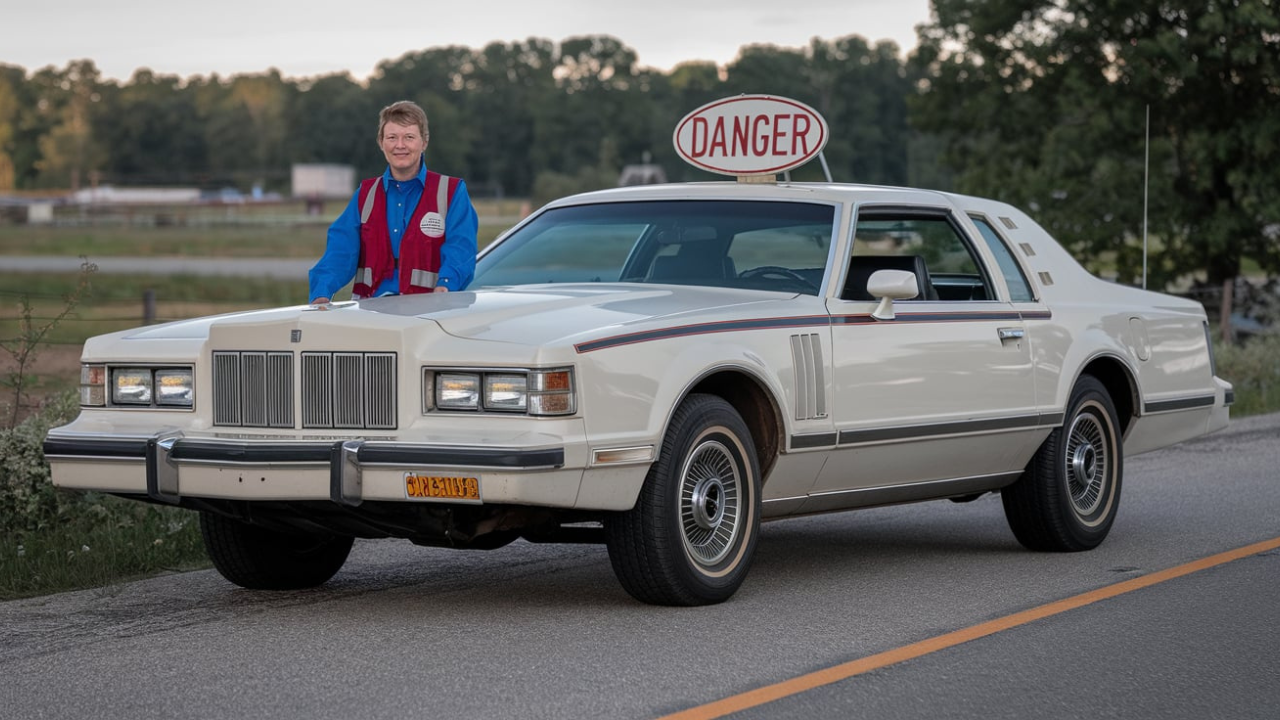
The Deadly Truth Behind Big Cars
Despite the perception that bigger cars are safer, the statistics tell a different story. Larger vehicles have been found to be more dangerous in collisions, especially for those outside of them—pedestrians, cyclists, and drivers of smaller cars. The elevated height of SUVs and trucks increases the likelihood of severe injuries or fatalities in accidents, as these vehicles often strike at the torso or head level, rather than the legs, which is more typical with smaller cars.
Furthermore, the sheer size and weight of these vehicles make them harder to maneuver and stop, contributing to a rise in accidents. The data shows that fatal pedestrian crashes have surged in recent years, coinciding with the growing popularity of SUVs and trucks. The impact is particularly stark in urban areas, where pedestrians and cyclists are most vulnerable.
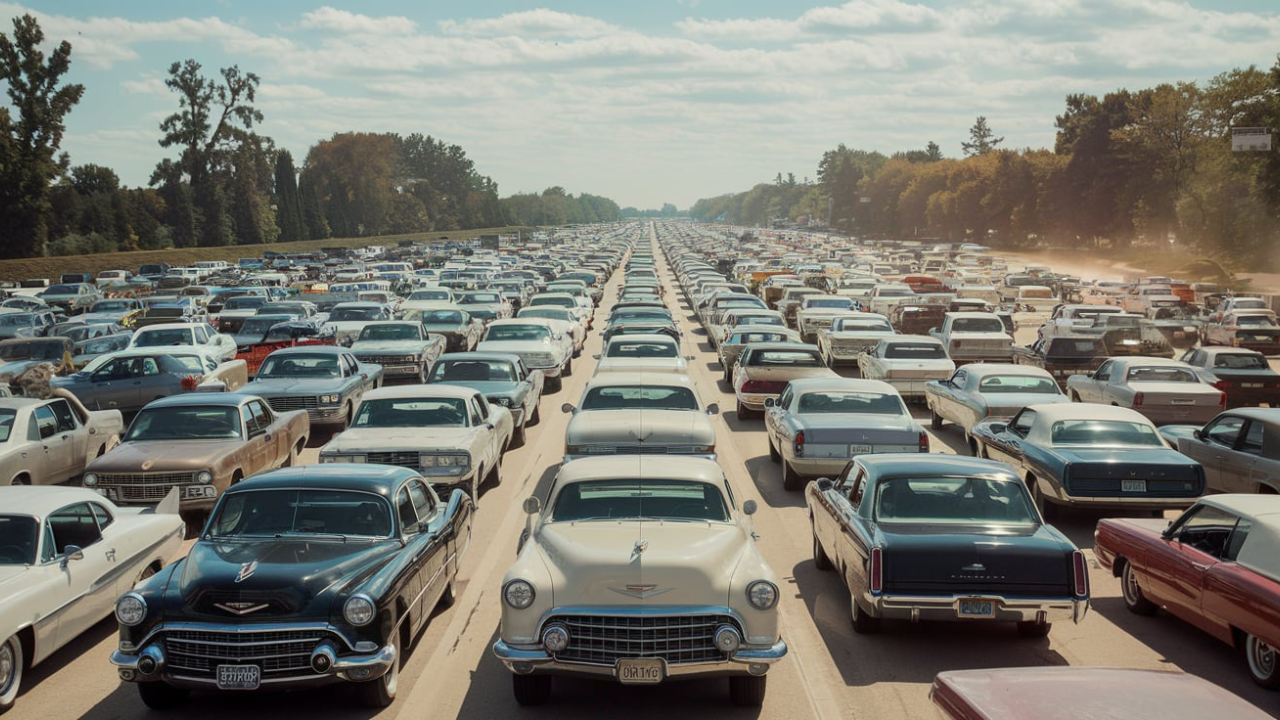
Environmental Costs: A Silent Killer
The love for big cars doesn’t just have immediate physical dangers—it also contributes to a more insidious threat: environmental degradation. Large vehicles consume more fuel and produce more carbon emissions than their smaller counterparts, exacerbating climate change and air pollution. The health impacts of this are significant, with air quality deteriorating in many areas, leading to respiratory issues, heart disease, and even premature deaths.
As the world grapples with the consequences of climate change, America’s preference for gas-guzzling behemoths is increasingly out of step with the urgent need to reduce carbon emissions. The environmental footprint of these vehicles is another deadly aspect of the nation’s love for big cars, with long-term implications that extend far beyond the road.
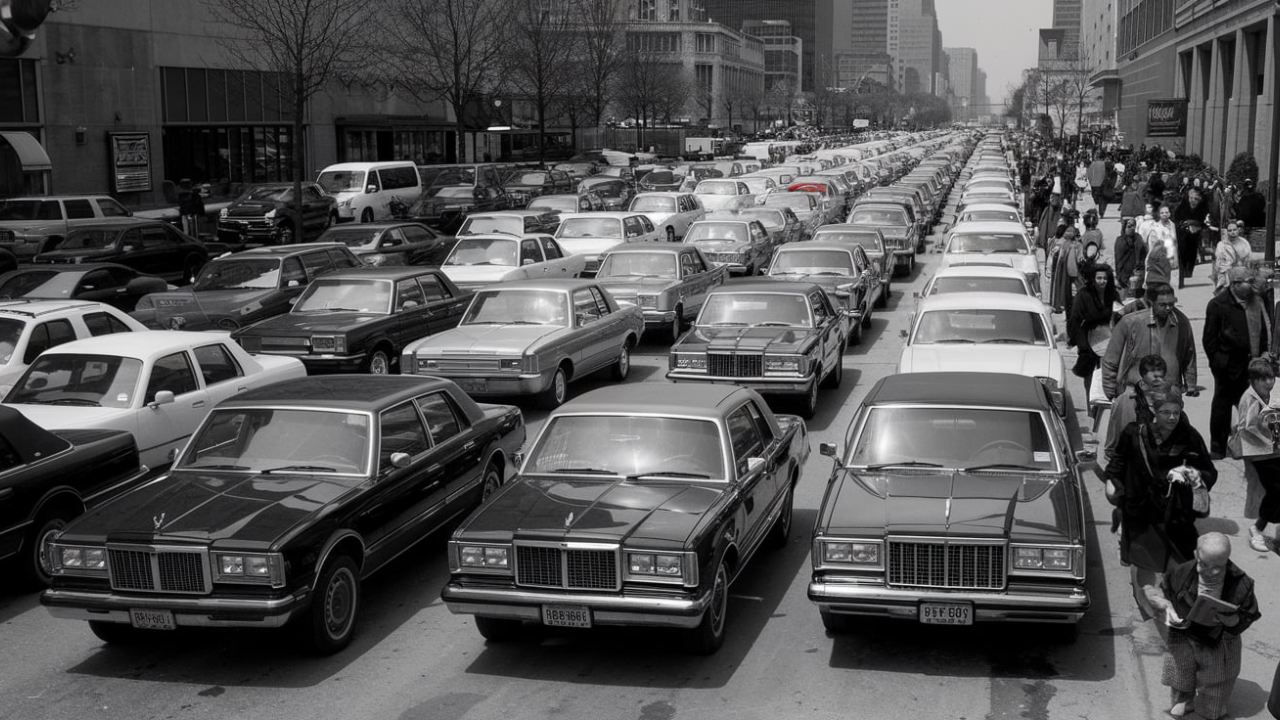
Shifting Gears: The Need for Change
The deadly romance with big cars is not inevitable, nor is it irreversible. Public awareness and policy changes can help steer the country toward safer, more sustainable transportation choices. Cities can invest in infrastructure that prioritizes pedestrians and cyclists, making roads safer for all users. Meanwhile, car manufacturers can be encouraged—or required—to produce vehicles that are not only more fuel-efficient but also designed with safety in mind, both for those inside and outside the car.
Individuals, too, can play a role by reconsidering their vehicle choices. Opting for smaller, more fuel-efficient cars or even embracing public transportation, biking, or walking can contribute to safer roads and a healthier environment.
Conclusion: Breaking the Cycle
America’s love affair with big cars has deep roots, but the time has come to rethink this relationship. The growing death toll and environmental impact of these vehicles are a wake-up call that can no longer be ignored. By making conscious choices—whether as individuals, communities, or policymakers—there is hope to turn the tide. The road to change may be challenging, but it’s one that leads to a safer, more sustainable future for everyone. The romance with big cars may be strong, but it’s a love that’s costing too much. It’s time to break the cycle before it claims more lives.



